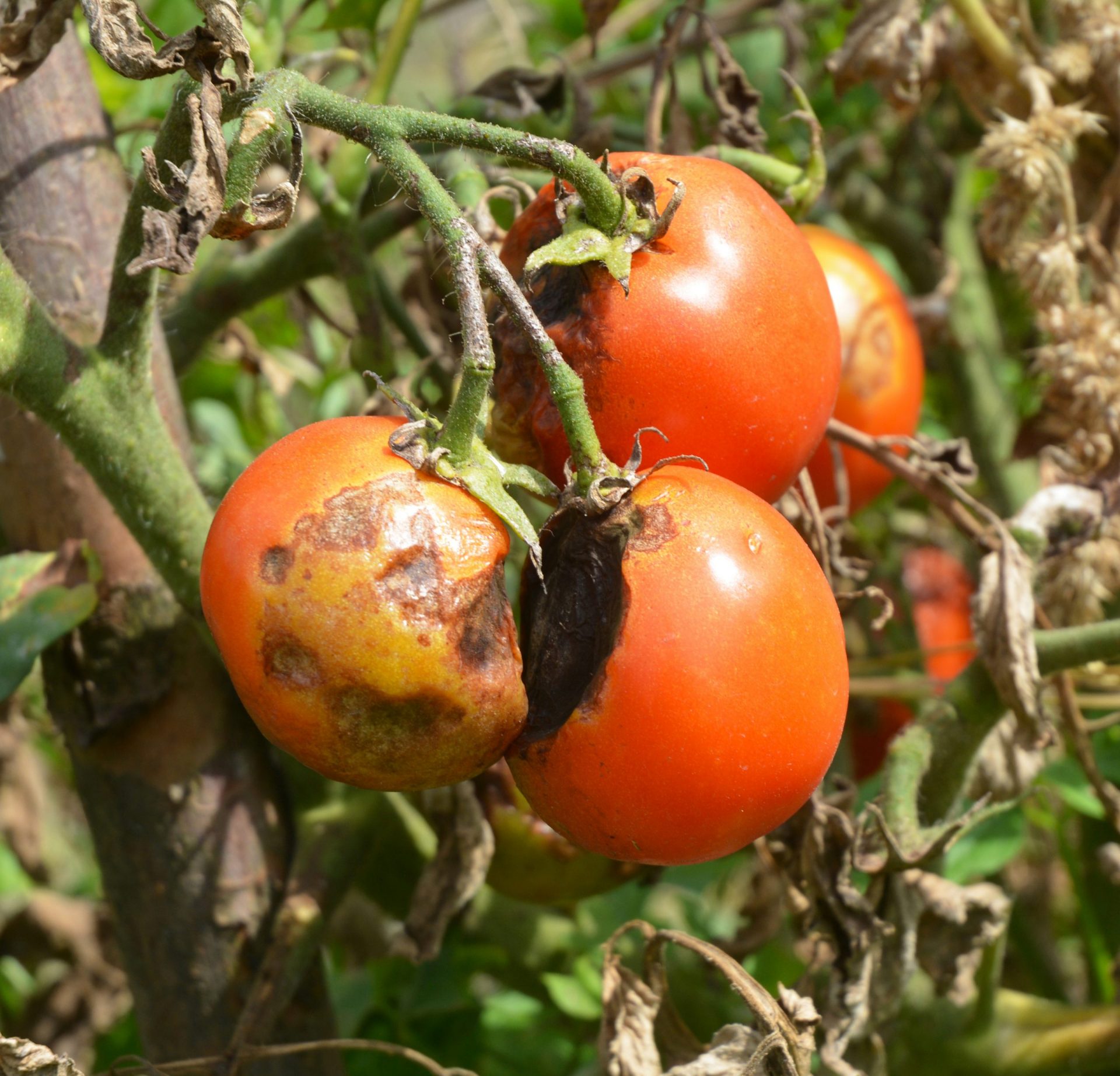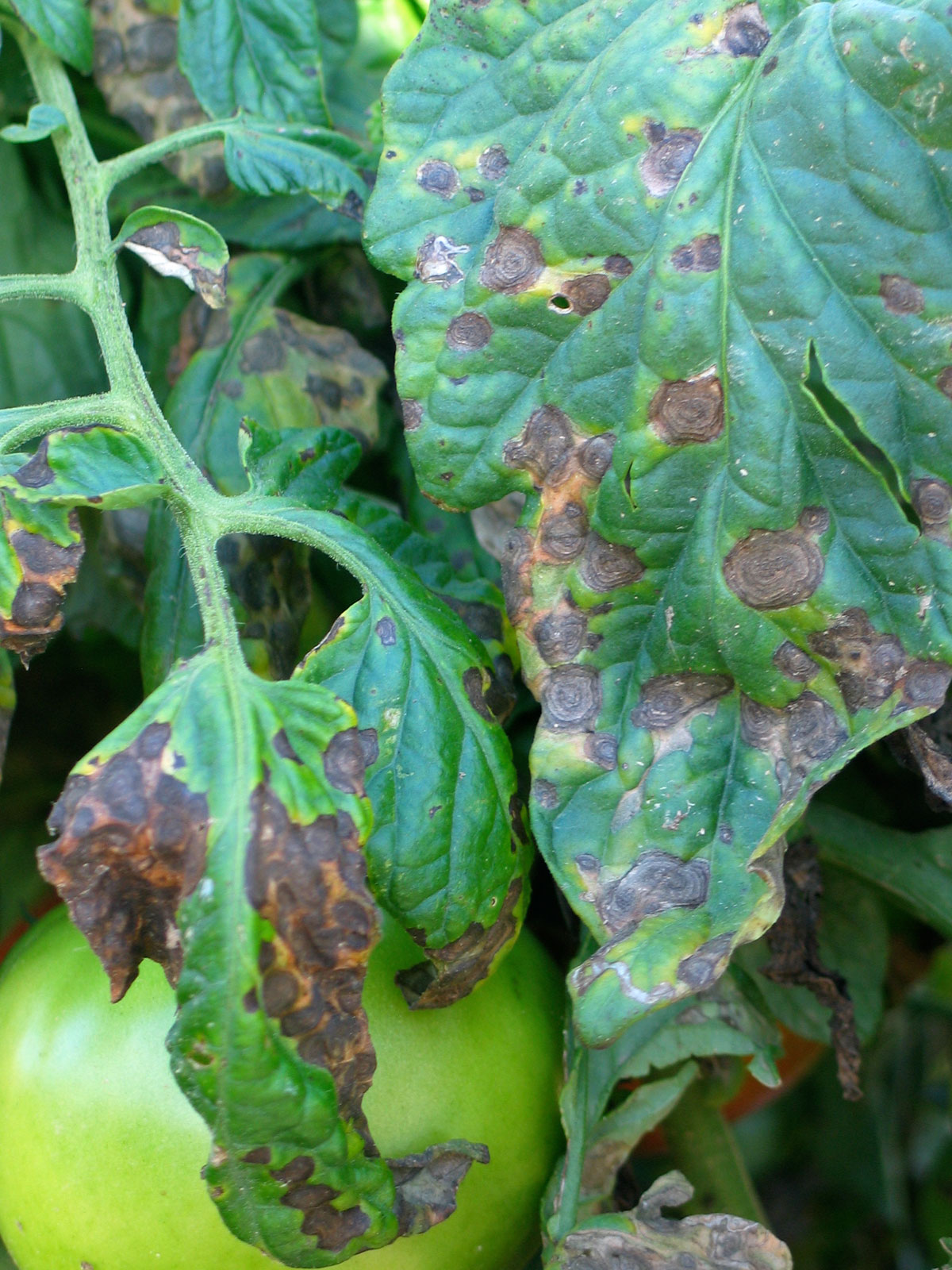
The company Web page offers a fact sheet on Serenade (PDF, 162 kb). ATTRA has additional informationon these two topics, available on request.Serenade, a biocontrol product containing Bacillus subtilis (QST 713 Strain), is manufactured by AgraQuest, Inc. The beneficial microorganisms in CT and EM compete with pathogenic organisms that cause plant disease problems, and through various biocontrol mechanisms. Compost teas and EM influence the biologically active zones surrounding the plant leaf (phyllosphere) and root surfaces (rhizosphere). May 2002.Farm-made biological teas and foliar sprays include Compost Teas (CT) and Effective Microorganisms (EM). Fravel, Vegetable Laboratory, USDA, ARS, appeared in Plant Health Progress. McSpadden Gardener, Department of Plant Pathology, The Ohio State University-OARDC, Wooster, OH 44691 and Deborah R.

Biological Control of Plant Pathogens: Research, Commercialization, and Application in the USA, an article by Brian B. Reduced Risk Pesticides and Biopesticides (PDF 49 kb), is a list provided by the New York State Department of Environmental Conservation, Division of Solid & Hazardous Materials, Bureau of Pesticides Management. Look for disease control products such as Oxidate, Sporan, Trilogy, and Serenade. You can find biorational products among the OMRI Brand Name Products List. OMRI - the Organic Materials Review Institute - compiles a list of organically approved fertilizers and pest control products. The second part contains a list of manufacturers and suppliers of biopesticides.Biorational products include hydrogen peroxide, plant essential oils, and related natural products. The first part contains entries for products, including the biocontrol organism, a description, target pests, trade names, and mode of action. These biocontrol products include antagonistic fungi and bacteria.The Integrated Plant Protection Center at Oregon State University hosts the Database of Microbial Biopesticides. They have minimal effect on non-target organisms and short-term persistence in the environment.The American Phytopathological Society and Ohio State University co-host the most significant resource list of commercial biocontrol products for control of plant diseases, Commercial Biocontrol Products Available for Use Against Plant Pathogens.

Your local library can provide computer access to the Web-based items.Biorationals (e.g., horticultural oils, plant extracts, insecticidal soaps), and more broadly biopesticides (e.g., biorationals, biological controls, microbial antagonists, entomopathogenic fungi) are members of a new generation of pest control products that are also known as least-toxic, soft, or reduced-risk pesticides.
#TOMATO LATE BLIGHT SERIES#
However, there is a lack of efficacy data on what combinations of foliar materials are effective for tomato diseases.The following materials provide a series of helpful resources for organic disease control in tomatoes. In fact, these kinds of mixtures are what many other organic growers are using, as well. Secondly, when weather conditions are prime for late blight development a protective spray is needed during the growing season.You mentioned in your inquiry that a spray mixture of hydrogen peroxide, copper sulfate, and foliar fertilization was fairly effective. Thus, sanitation is an important first step. The essential points are that late blight is spread through overwintering inoculum such as tomato vines and leaf debris, through transplants, and through climate related conditions.

A fact sheet from Ohio State University (see Resources, below) provides a succinct description of late blight in potatoes and tomatoes. A.Z.Pennsylvania Answer: Late blight is caused by the fungus Phytophthora infestans.


 0 kommentar(er)
0 kommentar(er)
